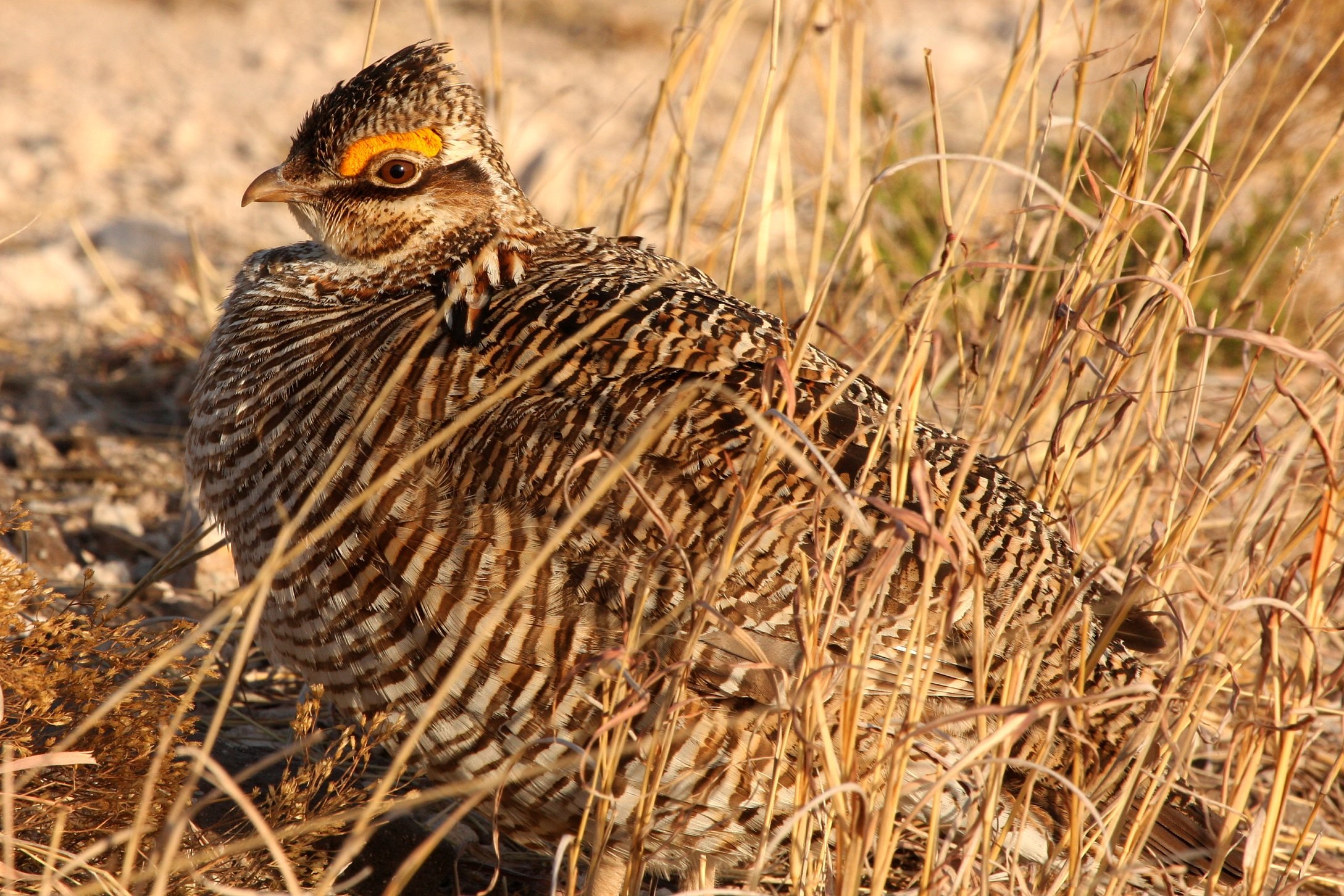The lesser prairie chicken, a species of grouse found in Kansas, Colorado, New Mexico, Oklahoma, and Texas, continues to recover due to a collaboration between states, property owners, and conservation groups to recover the species. Last week, the Western Association of Fish and Wildlife Agencies released its latest annual survey, finding that the population has grown to nearly 39,000, a 30% increase over the prior year.
This latest announcement reflects a substantial change in the species’ prospects compared to six years ago. In 2013, the population had fallen to 19,000, due to habitat lost to development and encroachment by invasive species. This decline led the federal government to consider listing the species under the Endangered Species Act.
Instead, the Western Association of Fish and Wildlife Agencies, working with states, property owners, and conservationists, hammered out a plan to protect and recover the species, without relying on controversial federal regulations. In a mere six years, that plan has raised $64 million for recovery efforts and conserved 150,000 acres of habitat.
As PERC’s Hannah Downey explained last year, the lesser prairie chicken population’s impressive growth is the result of innovative and collaborative conservation efforts.
A unique alliance of wildlife agencies, conservation organizations, private landowners, and industry partners have collaborated to help recover the lesser prairie chicken while preserving traditional land uses. In Kansas, the Western Association of Fish and Wildlife Agencies (WAFWA), Pheasants Forever, and ranch manager Tom Hammond joined together to create an innovative approach to achieve this goal. The first of its kind, the arrangement ensures Hammond’s ranch is managed to provide lesser prairie chicken habitat into perpetuity while allowing continued historical uses of the land, such as cattle grazing. This voluntary, proactive approach to species conservation is now being replicated throughout the lesser prairie chicken’s existing range and could also be adopted for other species in need of recovery.
Such collaborations may be more common in the future. Today, the Department of Interior proposed to change the way it regulates endangered and threatened species by tailoring regulatory burdens to the degree of threats species face.
In the latest edition of PERC Reports, I explain why this change will not only improve the incentives for landowners to contribute to species recovery but will also encourage more collaborative conservation.
Regulating endangered and threatened species the same, as we currently do, denies property owners who contribute to the recovery of endangered species any reward for their efforts. When an endangered species’ status is upgraded to threatened, the same burdensome restrictions on land use, for instance, continue to apply.
Under the Interior Department’s proposed reform, however, the take prohibition would act as both a carrot and a stick to encourage recovery efforts. For endangered species, the prospect of lifting the regulation as a species improves would provide a powerful carrot to entice recovery efforts. And, for threatened species, the prospect that a species may continue to decline to endangered status (and thereby trigger the take prohibition) provides an intimidating stick.
If finalized, this reform can lead to more species benefiting from collaborative conservation efforts, like that which has benefited the lesser prairie chicken.




